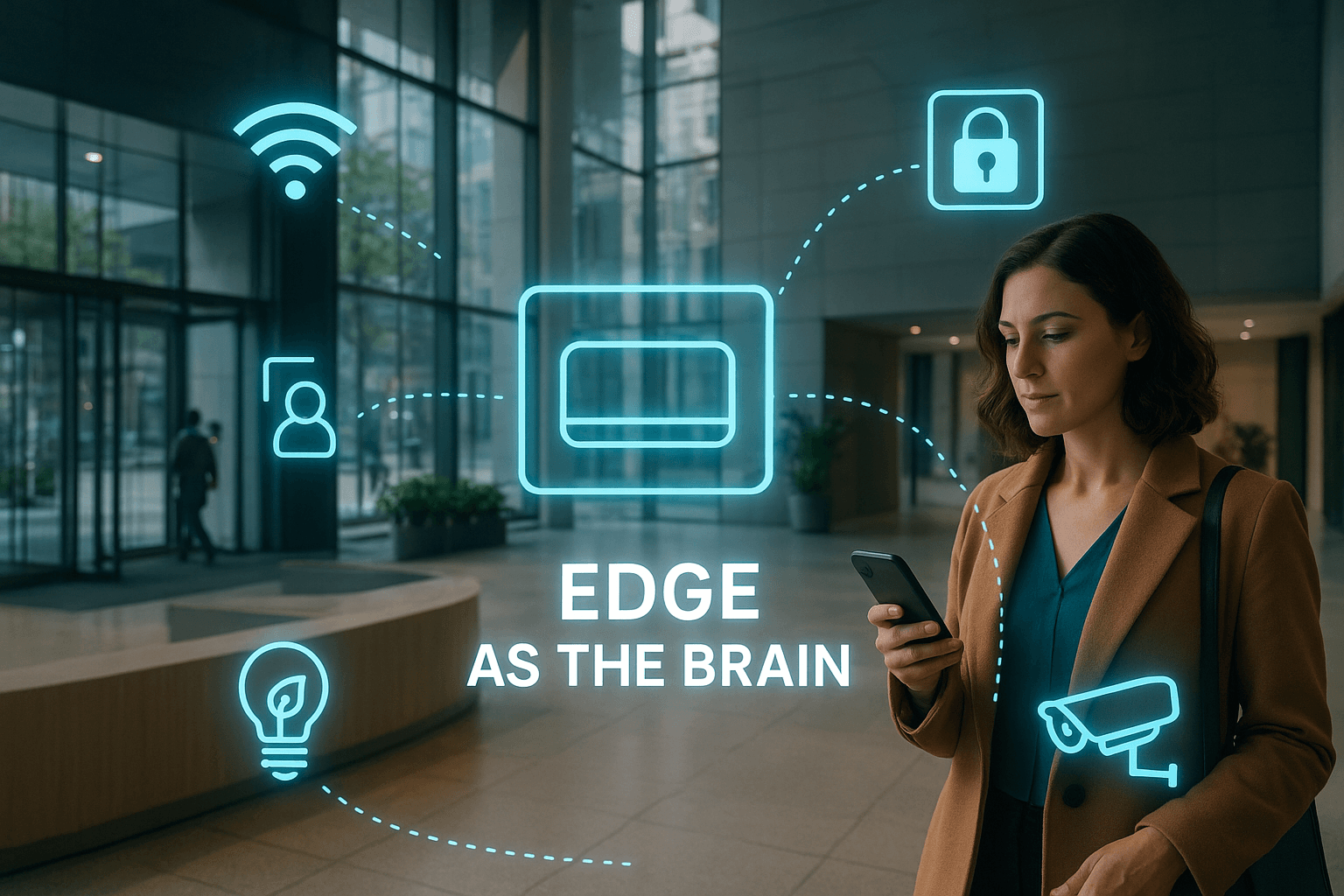
Enhancing Customer Digital Experience: Practical Tips
Meeting and exceeding customer expectations in the digital age is a fundamental goal for businesses aiming to thrive. At Shirikihub, we understand the importance of optimizing the digital experience to keep pace with the evolving needs of consumers. This post will share practical tips on enhancing the digital journey for your customers, from understanding their expectations to leveraging technology for personalized interactions.
By adopting a customer-centric approach, businesses can foster loyalty and drive growth.
Spotting and Adapting to Customer Expectations
In today’s digital marketplace, understanding and meeting customer expectations are paramount for any business looking to grow. With advancements in technology, customer behaviors and preferences are constantly evolving. This makes staying ahead of the curve not just beneficial but essential.
Key Touchpoints and Feedback Analysis
One of the first steps in enhancing the digital experience is identifying where your customers interact with your brand online. These interactions occur at various touchpoints, such as social media, your website, or through customer service channels. Tracking these interactions provides invaluable data on customer preferences and pain points.
Monitoring and analyzing customer feedback across these touchpoints offers direct insights into their expectations. For instance, leveraging social media listening tools can inform you about the conversation surrounding your brand and industry. Additionally, implementing customer surveys on your website or after a purchase can collect more detailed feedback. It’s important not just to collect this data but to act on it. Regularly updating your services or products based on customer feedback signals to your audience that their opinion counts.

Adapting to Changing Behaviors
Consumer behaviors in the digital realm are not static—they’re shaped by technological advances, trends, and overall changes in lifestyle. Businesses must be agile and willing to adapt their digital strategies accordingly. This might mean overhauling your website for better mobile optimization as smartphones continue dominating internet access or using data analytics to personalize content and offerings based on user behavior.
One actionable strategy is A/B testing various elements of your digital presence. Whether it’s your website layout, email marketing campaigns, or social media ads, experimenting with different versions helps identify what best resonates with your audience. This approach not only enhances the customer experience but can also significantly improve conversion rates.
For those looking to delve deeper into optimizing digital experiences through technology, consider exploring advanced analytics and AI. These tools can offer deeper insights into customer behavior, predict trends, and automate personalized experiences at scale. However, keep in mind that the goal is to complement, not complicate, the user journey. Always prioritize the end-user’s ease and satisfaction.

In Summary
- Track and analyze interactions across key digital touchpoints.
- Use customer feedback to continuously improve your digital offerings.
- Stay agile and willing to adapt to changing consumer behaviors.
- Experiment with A/B testing to fine-tune the digital experience.
- Explore advanced tools like analytics and AI for deeper insights and personalization.
Ultimately, understanding customer expectations in the digital age requires a mix of direct engagement, leveraging technology, and a readiness to evolve alongside your customers. By focusing on these areas, businesses can craft a digital experience that not only meets but exceeds customer expectations.
Making Digital Design User-Friendly
When businesses focus on enhancing the digital experience for customers, user-friendly design takes center stage. A well-designed website or app is not just about aesthetics; it’s about creating an intuitive, efficient, and accessible experience for all users. Here’s how enterprises can achieve that.
Mobile First Is a Must
The mobile-first approach is no longer optional; it’s mandatory. With over half of global web traffic coming from mobile devices, your digital platforms must perform flawlessly on smartphones and tablets. This means designing with mobile users in mind from the start, ensuring that content is easily viewable and navigable on smaller screens without excessive zooming or scrolling. Responsive design technologies automatically adjust your site to fit the screen it’s being viewed on, which is essential for keeping mobile users engaged.
Simplify Navigation
Users should find what they’re looking for on your website or app with minimal effort. Complex navigation structures can frustrate users and drive them away. To combat this, streamline your navigation menu. Limit the number of menu items and categorize logically. Incorporate a search function to help users quickly find specific information. Tools like heatmaps can reveal how users interact with your site, guiding you in optimizing the layout for better user experience.

Accessibility Cannot Be Overlooked
Accessibility is critical, ensuring that your digital platforms can be used by people with disabilities. This includes features like text-to-speech compatibility, alt text for images, and keyboard navigation options. Making your website or app accessible not only broadens your audience but also reflects positively on your brand’s values. For guidelines on making your digital assets accessible, refer to the Web Content Accessibility Guidelines (WCAG).
Implementing these principles isn’t just about ticking boxes; it’s about genuinely improving the digital experience for your customers. Businesses that prioritize user-friendly design will not only see higher satisfaction and engagement rates but also enjoy increased loyalty and growth.
- Mobile traffic now accounts for over 50% of web traffic.
- Heatmaps can show how users interact with your site.
- WCAG offers comprehensive guidelines for digital accessibility.
By focusing on these areas, businesses can create digital platforms that are not only beautiful but also functional and inclusive, meeting the high expectations of today’s users.
Personalizing Digital Interactions
Personalizing customer interactions through technology is a game-changer for businesses aiming to enhance the digital experience. By tapping into customer data and preferences, businesses can create a more engaging and responsive digital environment. Here are practical strategies to make that happen.
Data analytics has become the backbone of personalized experiences. It allows businesses to understand customer behaviors, preferences, and patterns. This understanding can transform into dynamically tailored website content, product recommendations, and targeted offers. For example, an e-commerce site can use previous purchase history and browsing data to suggest relevant products to a customer. Tools like Google Analytics provide deep insights into user behavior, enabling businesses to tailor their digital experiences more effectively.

Chatbots are another powerful tool for offering real-time assistance and personalized interactions. They can handle a range of customer service tasks, from answering frequently asked questions to processing orders. Chatbots can be programmed to remember customer preferences and provide recommendations based on past interactions. This not only improves efficiency but also enhances the customer experience by making it feel more personal and attentive.
Email marketing remains one of the most effective channels for personalization. By segmenting your email list based on customer data like past purchases, location, or engagement levels, you can send more relevant and personal messages. Personalized emails have been shown to increase transaction rates and engagement. Tools like Mailchimp or Campaign Monitor offer features that enable businesses to automate and personalize email communications easily.
Practical tips for leveraging technology in personalization:
- Use data analytics to segment your audience and tailor content.
- Implement chatbots to offer personalized support and recommendations.
- Optimize email marketing strategies with personalized messages and offers.
- Regularly update customer data to ensure personalization is based on the most current information.
- Test and measure the impact of personalized interactions to continually refine strategies.
By integrating these personalized interaction strategies, businesses can significantly enhance the digital experience for their customers. Personalization is not just about selling more; it’s about creating meaningful interactions that build loyalty and satisfaction.
Following these actionable insights can transform how customers perceive and interact with your brand online.
Final Thoughts
In the journey to enhancing digital customer experiences, it’s clear that tuning into customers’ evolving needs and preferences is vital. The digital age demands that businesses not only listen but actively respond and adapt to these changes. Our discussion has underscored the significance of a customer-centric approach, highlighting that the essence of digital transformation lies in its ability to foster stronger, more meaningful connections with customers.

Adopting a mindset of continuous improvement is pivotal. The digital landscape is dynamic, with customer expectations shifting at an unprecedented pace. Staying ahead requires businesses to be agile, continually refining and enhancing their digital touchpoints. This commitment to improvement can lead to substantial benefits, including increased customer satisfaction, loyalty, and ultimately, business growth.
Moreover, incorporating technology in a manner that enriches the customer experience—rather than complicates it—is essential. Tools such as data analytics, AI, and personalized communication channels empower businesses to deliver not just a service or product, but a memorable digital journey. As businesses embrace these strategies, they unlock new opportunities for engagement and connection.
We at Shirikihub are dedicated to helping businesses navigate this digital landscape. Through our offerings like Smart WiFi management systems and Shiriki Cloud, we provide the tools necessary for businesses to enhance their tech infrastructure, thereby improving the overall customer digital experience. Our solutions are designed with the future in mind, ensuring that businesses are well-equipped to meet and exceed customer expectations today and tomorrow.
In conclusion, enhancing digital customer experiences is an ongoing venture—one that requires businesses to be perceptive, proactive, and prepared to evolve. It’s about creating a seamless, intuitive, and engaging digital environment that resonates with customers. By focusing on the customer, leveraging the right technologies, and embracing continuous improvement, businesses can achieve remarkable growth and sustainability. Transforming your digital customer experience is not just a smart strategy; it’s an indispensable part of thriving in the digital age.


